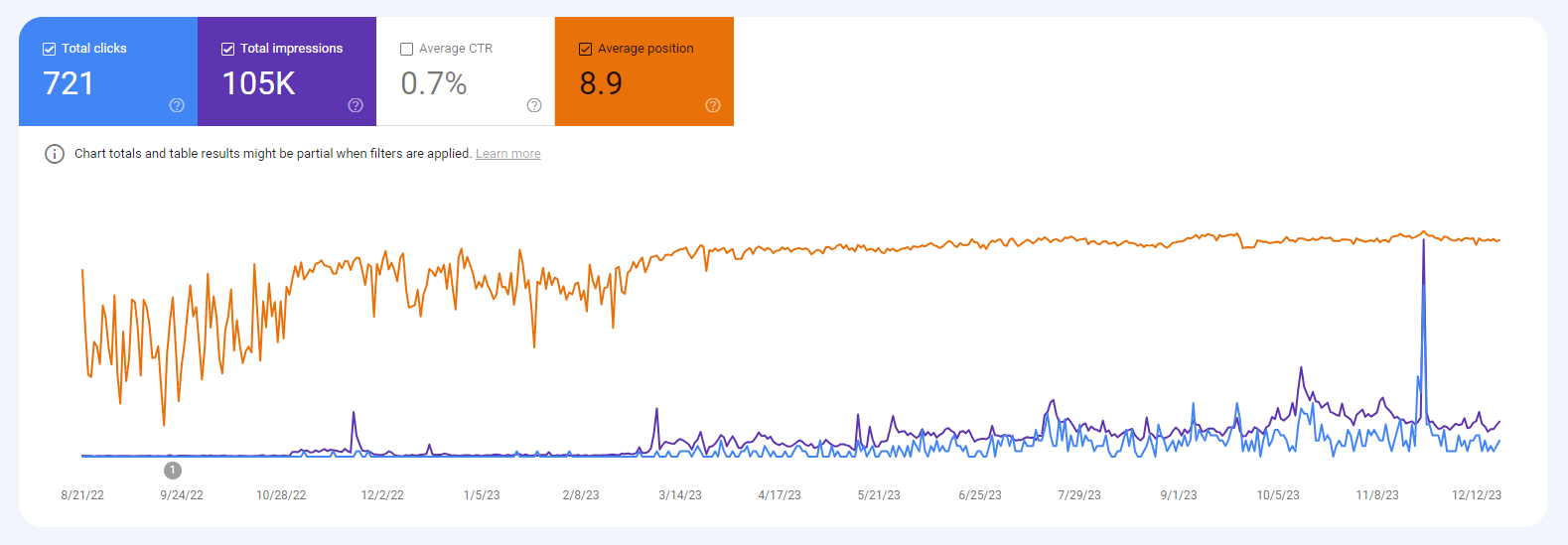
Content Fusion: How Does Merging Articles Affect Search Engine Rankings & Organic Traffic?
Do blog post merges improve search engine rankings for the newly consolidated article?
Yes, they do!
As much as it might seem that more is more with SEO, I've observed positive content-merging effects across multiple projects for multiple clients.
In the anime show Dragon Ball Z, we see multiple characters of lower power levels merging (like Piccolo and Nail or Goten and Trunks) into a new character that has exponentially more power than both of them had separately.
In the same way, merging pages on your website can significantly grow your search engine traffic by improving content quality and signaling to Google that you've made updates to the pages.
I led a major SEO project where we consolidated and merged over 700 blog posts down into just over 200. This content library had way fewer articles, but it was much richer. The updated library collected dramatically more traffic than than the larger quantity. Lesson learned; rich content makes a difference.
We'll walk through project data in this post to demonstrate how merging transformed these merged page rankings and grew traffic exponentially.
Content Merging Article Example #1
On September 12th, 2022 we merged a blog post that was two parts into one long post. The two posts combined into one long post with 2,408 words.
During the 16 months before the merging, there were 18 clicks for part one and a total of 136 clicks from Google for both parts combined.
Below is a chart from the Google Search Console with all three URLs: part 1, part 2, and the new merged post, so you can see the transformation.

We can see, after the merging in September 2022, a steady rise in impressions and clicks. On August 1st, 2023, we did another title tag change to help boost it again, which we see the rise after that event. On this URL, we went from 136 clicks to 993 clicks during the prior 16 months.
In the following graph, we can see how the average position of the page went up on Google after conducting the merge.

The average position for the ranking keywords shows a distinct shift upward in November 2022. By merging the two-part article series into one post, we increased the rankings and drove more traffic.
Taking It Up A Notch: Content Merging Example #2
Out of the five merges I conducted with this client, the following consolidation generated our largest search traffic gain. We combined two parts into one again. Before, it generated 163 clicks from Google in the 16 months before the merge. The subsequent growth was monumental.

We went from 163 clicks to 2,530 clicks during the prior 16 months! The title tag was also changed in December 2022 while the merge was completed in September 2022.
Interestingly enough, this took some time to bake. The page grew to good numbers in the subsequent months, but you can see how small that part of the graph looks compared to the numbers it would eventually hit in mid-2023. It went up another level in October 2023.
When we add in the average Google ranking we can see the shift season and the stabilization that followed.

Once we got to November, we hit a level of consistent high ranking that steadily rose.
Let's look at the graph focused on just the primary keyword doing most of the heavy lifting.

The monthly search volume for this word is 15k. That makes it a much more competitive keyword and takes more time to climb to the top. It took until March, six months after the merge, before it got to the bottom of page one on Google. As I write this, the page now sits at number three on Google below Wikipedia and Food & Wine for this keyword.

Key Takeaways
-
Merging quality and aged content has huge potential for search ranking and traffic improvement.
-
A content merge can combine multiple blog posts that are getting a fairly small amount of traffic on their own, and exponentially increase the search clicks to the page.
-
If you're going to do a multi-part blog series, plan to consolidate them into one post from the beginning. A rule of thumb could be, within 30 days of publishing, consolidate them. If you don't have a strategic reason to break it up into parts, simply make a long post to begin with. The one exception is if the blog series is intentionally designed as a topic cluster.
-
Sometimes the exponential growth comes months or even a year later, especially if the target keywords are high volume and competitive. Watching the keyword ranking provides visibility if we have a page rising in ranks, but is not quite at the traffic-driving position yet.
-
Leverage AI / LLMs to Merge disparate content: If you are having trouble figuring out how to merge two content pieces, consider asking Chat GPT or Google Gemini on how to best go about it.
If you need an SEO expert to help you evaluate your consolidation opportunities, shoot me a message and let's talk about your marketing project.
Search Engine Optimization (SEO), Case Study
- Created on .
- Last updated on .